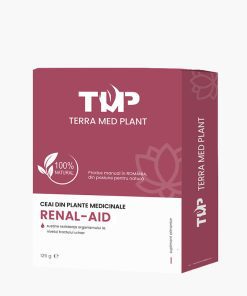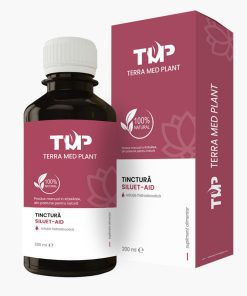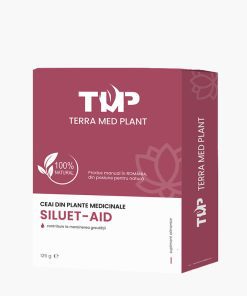What is Agrimonia eupatoria or Agrimony?
Agrimonia eupatoria, more commonly known as common agrimony, church steeples or sticklewort, is a species of agrimony. Agrimonia eupatoria is native to Europe and can be found extending east as far as Iran. It serves as both a medicinal herb and astringent tea.
Mithridates Eupator, King of Pontos on the shores of the Black Sea over two thousand years ago, is said to be the first to notice common agrimony’s healing power. The plant has been dedicated to the Virgin Mary in Finland, either because of its beneficial properties or some other, now forgotten ritual. This likely led to its Finnish name – derived from a belief that it could stop bleeding – and even today, a tincture can be used as a dressing for wounds to prevent infection.
Written records of the useful properties of agrimony date back to Ancient Greece and Rome, and it was also mentioned in the 10th century Old English Herbarium. Its young stems, leaves and flowers have been used for millennia in traditional medicine to cure pulmonary inflammation, diarrhoea, liver diseases, cholecystitis, cholestasis, atony of the bladder or intestines, pyelonephritis, haemorrhagic conditions, skin problems and oral mucosa inflammatory states. Furthermore, quercitrin — a flavonoid obtained from agrimony — was employed by brewers to boost the shelf life of their beer.
Plafar
Suplimente copii
Terra Med Plant
CEAI RENAL-AID TEA Coada Calului, Ienupar, Pedicuta TMP 125G
Terra Med Plant
Ceai din plante medicinale Siluet-AID 125 g, TMP – Papadie, Mesteacan, Coada Calului





